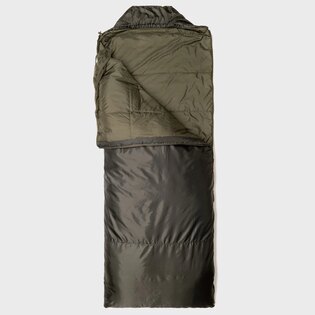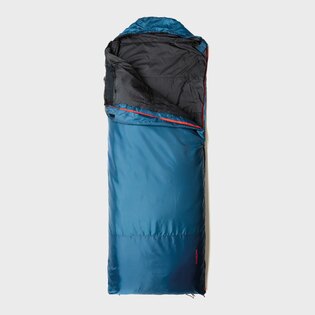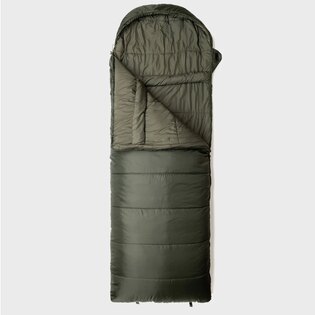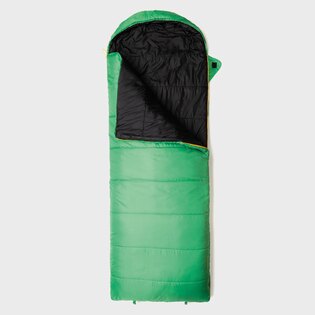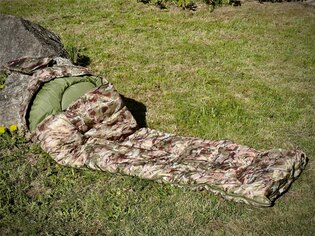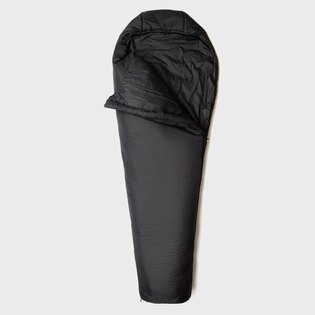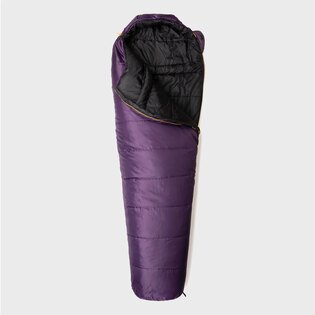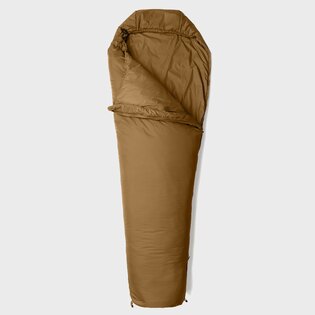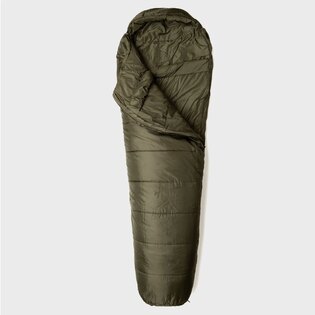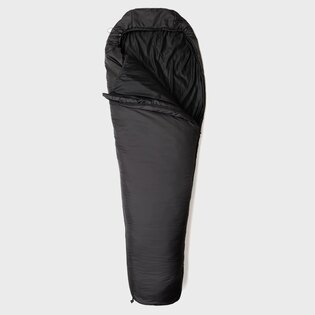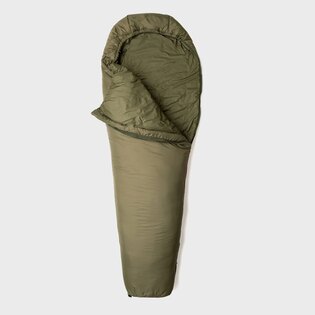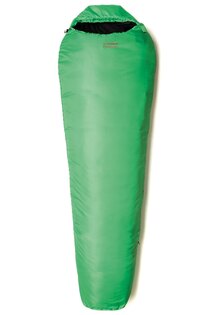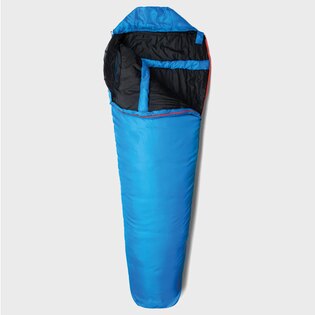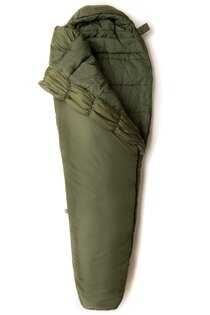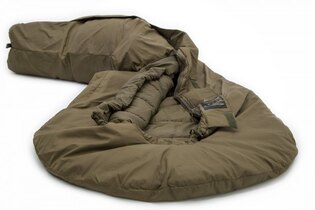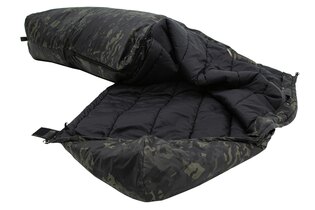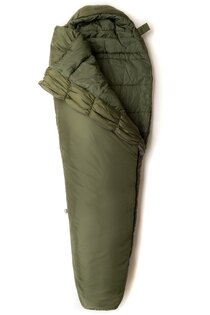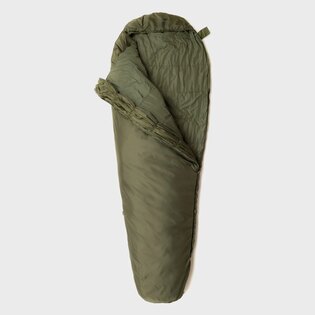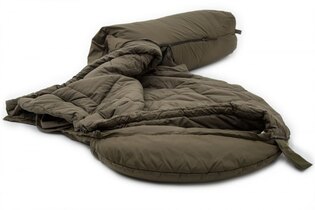How best to choose a three-season sleeping bag?
The three-season sleeping bag is one of the most widely used sleeping bag categories and many people use it as their all-purpose sleeping bag. It can be used comfortably from about April to October, and you can sleep in it through the summer in central European conditions. What should you look for when choosing the best model so that it suits you best and you can sleep like a bug in a rug?
A good quality sleeping bag is a key piece of outdoor gear that our body comes into direct contact with for about a third of the day, and that's no small amount of time. How you sleep can make all the difference to the success of an event, whether it's camping, trekking, courses and exercises, an expedition or even sleeping overnight in a hut. So let's list a few important aspects to look for when making your choice.
With a three-season sleeping bag, it's important to remember - just because it's designed for three seasons with different conditions and temperature ranges - that it's a compromise. If you want to avoid compromises, we recommend having more than one sleeping bag.
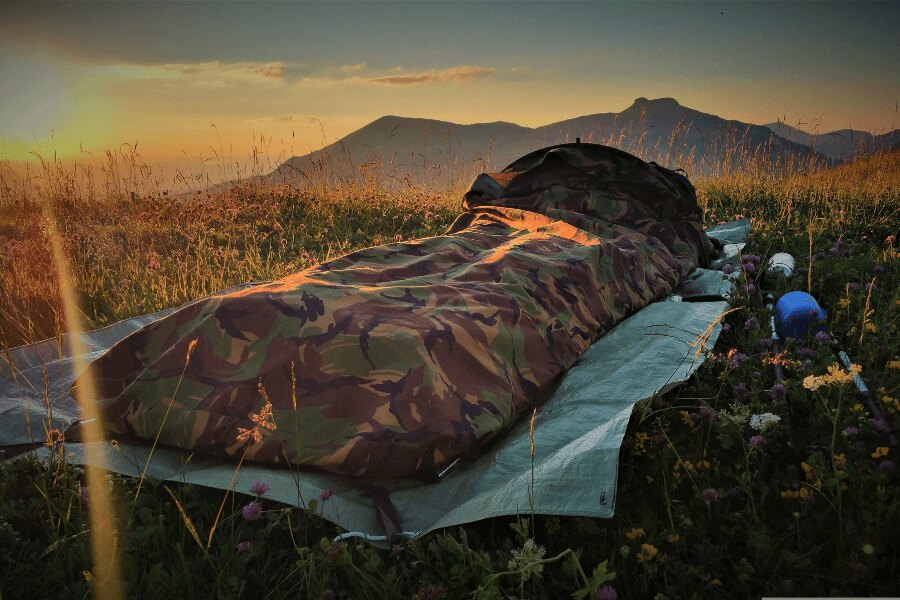
Temperature, temperature, and temperature again
For sleeping bag, it is important to observe the different temperature levels that are indicated in the parameters of each model. We've already written about the limit, comfort or extreme temperatures in more detail in one of our earlier articles, so let's just summarise the highlights here.
Temperatures indicated by the manufacturer
- Extreme (T-ext): The lower temperature limit where there is a risk of injury or death. Thus, rather than a selection criterion, it is a laboratory figure used to compare different sleeping bag models.
- Limit (T-lim): The lower temperature limit for a standard male (25 years old, 70 kg, 173 cm) who is lying in a sleeping bag in a crouched position and is in thermal equilibrium, not yet shivering with cold.
- Comfort (T-comf): Lower temperature limit for a standard woman (25 years, 60 kg, 160 cm) who is lying in a sleeping bag in a relaxing position (e.g. on her back) and does not yet feel cold. Both the comfort temperature and the limit temperature assume that the individual is dressed appropriately and uses the sleeping bag correctly.
- Maximal (T-max): The highest temperature when a person in a sleeping bag is not sweating yet and does not feel hot.
What does this imply? That you can safely skip the upper and lower extremes when choosing a sleeping bag (the first almost bakes you, the latter freezes you).
The basic rule is that the limit temperature applies to men and the comfort temperature applies to women. But this is only indicative. It also depends on body type (not everyone meets the above standards), metabolism (because the sleeping bag needs to be heated by its own body heat, it doesn't heat itself). Your ideal temperature will shift accordingly.
The temperature limit for three-season sleeping bag should be around a few degrees below zero. A comfortable temperature is somewhere around 0 °C to 5 °C. This means that you should be able to sleep comfortably in your sleeping bag at this outside temperature.
What else to consider when choosing a sleeping bag based on temperature?
- What temperatures are you going to (at least approximately)?
- What areas are you going to? For example, wind or humidity significantly reduce the sensible temperature.
- Will you most often sleep outside, in a tent or in a hut?
- How good is your sleeping mat and how well does it insulate from the ground? Or do you use a hammock e.g. in combination with an underquilt? Does your choice of sleeping bag need to be adapted to this?
- Your age and body type - especially for older people with a body type that differs significantly from the above reference type, the personal thermal comfort value can shift by as much as 10 °C.
- How much do you dress for a sleeping bag?
- Will one universal sleeping bag cover your needs or will you need several?
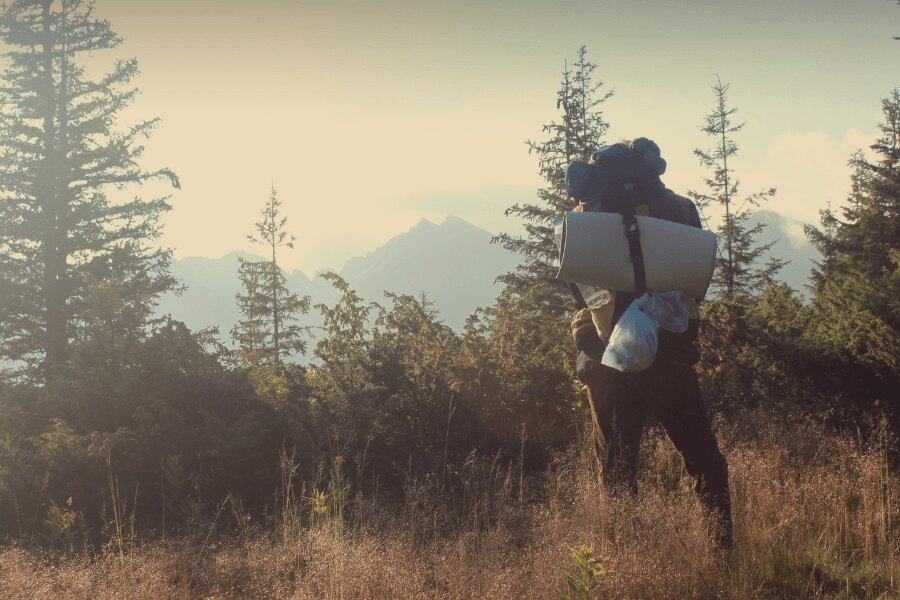
Customize the cut
Why is the shape of the sleeping bag important?
The sleeping bag you buy should be tailored to your body type, regardless of whether you choose a mummy sleeping bag or a blanket sleeping bag. A sleeping bag that is too big is easier for the cold to penetrate.
Then, of course, there is the fact that the sleeping bag does not heat by itself, you will warm it up inside with your own body heat. Therefore, there should be a layer of air between the surface of your body and the insulation of the sleeping bag to give you something to heat up.
What shape to choose?
As for the cut, we can stop here with mummy and blanket sleeping bag. Both variants have their advantages and disadvantages.
- Blanket sleeping bag: the advantage of the blanket sleeping bag is its minimalist design, which makes it easier to pack in the morning. On the other hand, the disadvantage is that the blanket sleeping bag does not protect the user's head, so it is better to prevent heat loss by combining it with a hat. On the other hand, for summer we would recommend a blanket sleeping bag - because on tropical nights you can just lie down on the mattress and use the sleeping bag as a blanket.
- Mummy sleeping bag: a mummy sleeping bag is harder to fold, but you can pull the top part of the sleeping bag down around your face while you sleep, keeping a large part of your head protected from the cold.
As for the weight, it is about the same for both types (in the case of three-season sleeping bag) - good are sleeping bags weighing 1.5 kg, but you can also find pieces that weigh close to just a kilogram, which will be appreciated especially by fans of ultralight trekking.
When talking about the cut, let's mention the placket as a zipper protection. This reduces heat loss from the zipper, which is one of the weakest parts of the sleeping bag surface.
A mosquito net will also come in handy, but it doesn't have to be part of the sleeping bag (although it's certainly practical). You can simply add the net by yourself.
Finally, a small note on warm seams - unlike cold seams, these are not sewn through the layers and the space between the layers remains better insulated.
Which material is best?
When it comes to material, you have a choice of down or synthetic.
- While down sleeping bags are quite comfortable, they are also more expensive, more difficult to maintain and absorb moisture better. For a three-season sleeping bag, prefer synthetics
- The synthetic material of sleeping bags is breathable, airy and, unlike feathers, suitable for allergy sufferers. In addition, a synthetic sleeping bag dries faster after rain. Moreover, it does not get wet as easily - the surface of sleeping bags is usually made of water-repellent fabric. And thanks to advancing innovations in manufacturing, a modern synthetic sleeping bag can be just as comfortable as a down sleeping bag.
Rain Buddy
Otherwise, speaking of rain, it's generally one of the biggest enemies of any outdoor sleeper. Especially when temperatures approach zero, getting wet at night can be quite unpleasant.
Some prevention is to add a sleeping bag with a bivvy bag. This is basically a compact tent for one - a kind of transition between sleeping outside and sleeping in a tent. Such bags can be used as a sleeping bag cover, or in an emergency or in warm weather as a sleeping bag itself. Depending on what time of year you are going on your hike.
Readers are further interested





































































































































